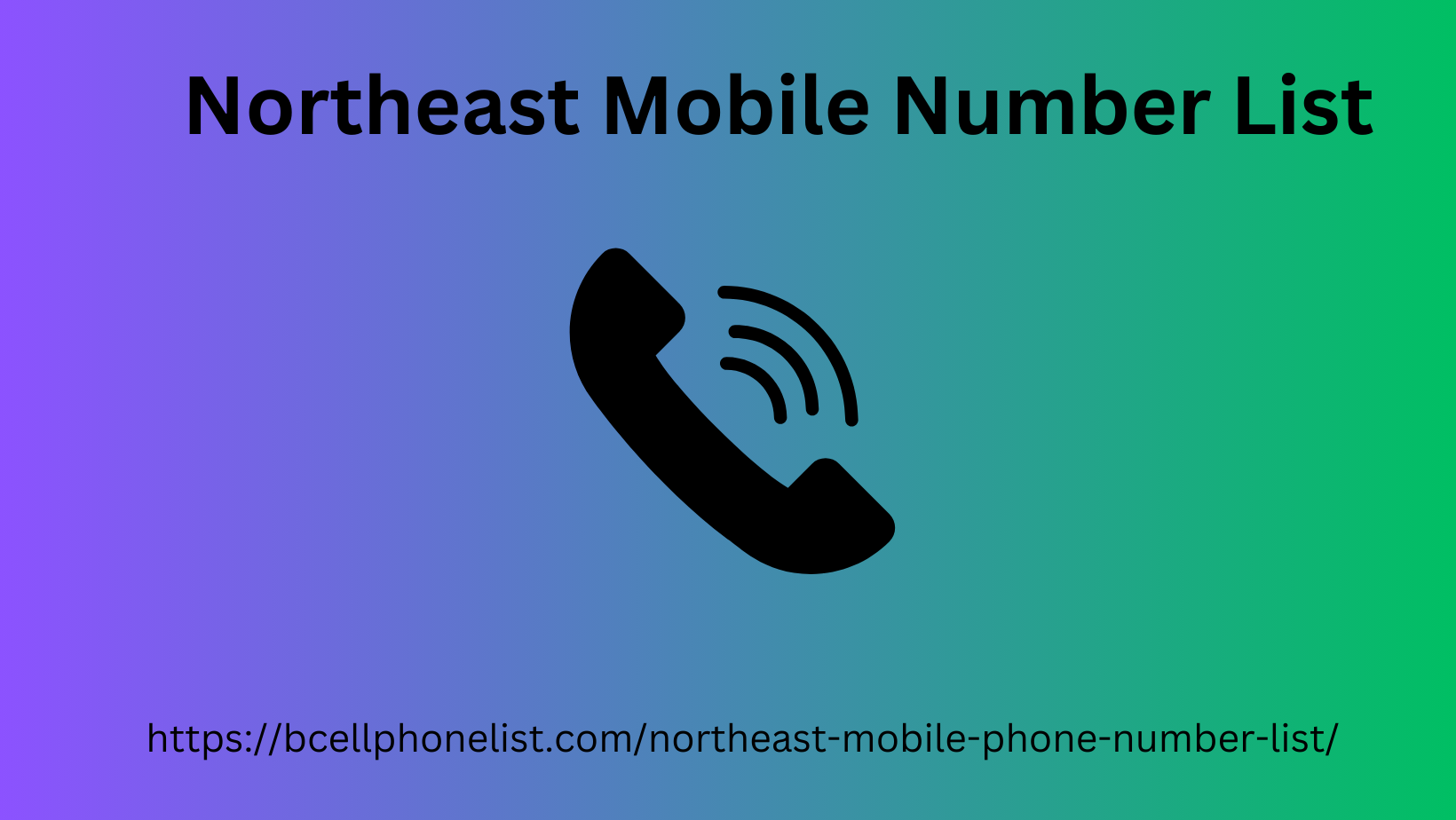|
|
you can open a high-yield savings account to maximize your interest rate.How to start your banking journeyIf you’re ready to open your first bank account, then you need to know how to get started. Here are the major steps to opening a bank account: Determine your banking preferences. What account types or services do you want your bank to provide? Do you want a bank with physical locations? How concerned are you about account fees? Your first step is to determine your preferences. Evaluate your banking options. A Google search can help you research local and online banks.
You likely have banking options that include online-only banks, banks with physical Northeast Mobile Number List locations, and community-based credit unions. Ask questions. Have questions? Go ahead and ask! Every bank has customer service personnel available in a variety of communication channels to address your concerns. Establish the bank account. When you feel ready, you can visit a bank branch or go online to open your bank account. You will need to provide personal information and photo identification to enable the bank to comply with KYC and AML financial regulations. Follow the rules to avoid fees. Perhaps the biggest challenge in making the transition from unbanked to fully banked is avoiding fees.

This might mean keeping a minimum balance. Never overdraw your balance. That's when the fees can pile up. It will be a challenge in the beginning, but know that if it saves you from taking out a predatory loan, paying to cash a check, or wiring money, you'll come out way ahead.The bottom lineEveryone needs a financial footprint. For many, that starts with opening a bank account. We all have a different starting point on our financial journey, and someone who is unbanked or underbanked today may tomorrow be setting a monthly budget and planning for a healthy financial future.It will take some discipline to get you through the transition from unbanked or
|
|